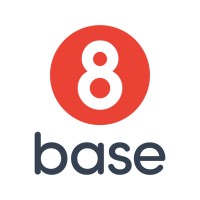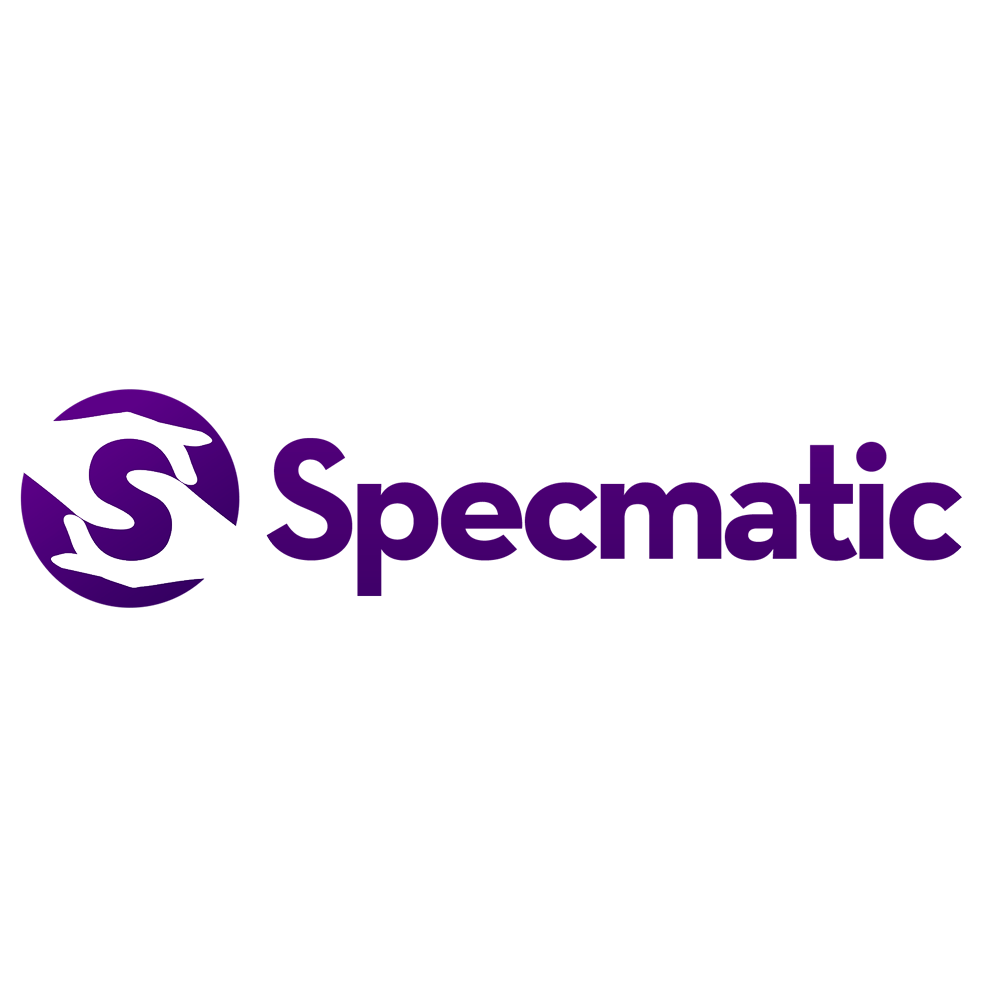Understand
A deep dive into no-code tools: Part 1

No-code/low-code tools are API development tools that allow users to create apps and workflows using pre-made or auto-created APIs from other services. These tools are often used in design and deployment tasks, automating workflows, or building customer-facing apps.
This is the first part of a two-part blog series on no-code tools. In it, we’ll delve into no-code tool taxonomies, markets, and the rise of AI, highlight individual no-code platforms, and discuss the benefits and limitations of no-code tool adoption.
Gartner’s 2023 Low-Code Forecast Analysis breaks low-code tools into seven distinct sub-categories based on their use. Our taxonomy combines several of those sub-categories due to the similarity of their products.
Gartner’s Taxonomy | Platformable’s Taxonomy | Target Market | Our Definition | Examples |
|---|---|---|---|---|
Low-Code Application Platforms Citizen Automation and Development Platforms | Low/No-Code Platforms | SMEs, non-technical Enterprise employees, start-ups, individuals | Tooling allows users to build external customer-focused apps and products | |
Robotic Process Automation Integration Platform as a Service | Workflow Automation | SMEs and Enterprises | Tooling that focuses on internal workflow automation | |
| Other Low-Code Development Technologies (including rapid mobile app development tools and rapid application development tools) | API Design, Development, and Deployment Automation | SMEs | Tooling that generates an API or SDK, focusing on deployment and publishing an API or OpenAPI specification-related tooling |
In apidays’ API Landscape, we track 102 no-code tools. However, due to acquisitions, five have closed or merged their products with another tool provider. Additionally, we did not count Automattic, WordPress’s parent company, in our calculations since WordPress is already present in our data set under headless CMS tools. In total, this leaves 96 active no-code tool providers.
Market Size and Consumer Demand
The two main target markets for no-code tools are:
- Small or medium enterprises (SMEs) looking for an internal automation or processing tool and
- Start-ups/entrepreneurs requiring a tool to create their applications to sell to consumers.
However, most application creation tool providers also offer enterprise options despite it not being their primary target market. Seventy-two no-code tools in our data set target SMEs, nine target start-ups/entrepreneurs, and 15 offer products to both markets.
According to an API Marketplace Software Market research report released by Infinity Business Insights, API marketplace software is estimated to reach $10.4 billion by 2030, with a CAGR growth rate of 10% from 2023 to 2030. With this API industry expansion, companies use no-code tools to broaden their focus beyond developers to target a more extensive user base that may be less familiar with the traditional coding needed to create and leverage an API.
As the name suggests, no coding knowledge is required to use no-code tools. Instead of conventional coding, a graphical user interface executes commands. No-code tool adoption is growing as APIs implemented into company workstacks overwhelm developers’ workloads. Gartner estimates the no-code tools industry will reach $24 billion by the end of 2024.

Despite this estimated financial growth, a Google Trends search on ‘no-code API’ from January 2022 to May 2024 shows no significant rise in interest in the sector. The overall search term consistency indicates that most potential users already know about the products. However, no-code tool adoption hasn’t been inhibited by a lack of new user interest since those already aware of the tools continue to adopt them in significant numbers. 3.3 million apps have already been created on the full-stack no-code platform Bubble, and workflow automation platform n8n currently boasts 55,385 community members.
Introduction of AI into no-code

Unlike new user interest in no-code tools, the rise in AI and the recent trend toward combining no-code tools with AI functionality has increased user interest. According to Google Trends, ‘no-code AI’ surpassed ‘no-code API’ as a search term in February 2023, two months after OpenAI’s generative AI chatbot ChatGPT launched on November 30th, 2022. Unlike traditional AI’s focus on analyzing existing data, generative AI is a Language Learning Model (LLM) trained to create new content. Like no-code tools, generative AI can generate code and spreadsheet formulas. It can also integrate with APIs to offer access to LLMs or other AI services alongside the API.
Forty-three no-code tools in our data set offer products with AI features, meaning nearly half (45%) of all active no-code providers we track have an AI component. Working from our taxonomy breakdown of Gartner’s seven no-code tool sub-categories above, we’ll look into a few no-code AI-incorporated options.
Low/No-Code Platforms
Company | Logo | Incorporation of AI |
|---|---|---|
 | Bubble AI App Generator creates applications using natural language prompts and integrates them with AI products like OpenAI’s GPT models, DALL-E, and Stable Diffusion. | |
 | Dorik’s AI Website Generator generates a complete website using natural language prompts, copywriting, and image generation via OpenAI GPT-4 and DALL-E 3, respectively. | |
 | Flutterflow integrates OpenAI Codex, turning text into code for their drag-and-drop app builder. |
Workflow Automation
Company | Logo | Incorporation of AI |
|---|---|---|

| n8n integrates AI chatbots and assistants using LLM and automates workflows with 400+ possible integrations. It also offers OpenAI GPT-3.5 Turbo integration for web page summarization. | |
 | Retool offers pre-built AI blocks for integration into apps and workflows and custom AI workflows and AI actions with LLM. | |
 | Zapier integrates OpenAI with pre-made AI templates, allowing users to perform tasks like generating and summarizing PDF files and drafting customer emails. It also has several AI integrations in beta, such as the Microsoft CoPilot, which helps users create custom automation. |
API Design, Development, and Deployment Automation
Company | Logo | Incorporation of AI |
|---|---|---|
 | Archie, 8base’s AI product architect, generates a blueprint with functional and technical design elements from a prompt. This blueprint can expand a project to include full specifications and design. | |
 | With OpenLegacy, AI discovers and connects to legacy systems and then uses those systems to generate documented and standardized APIs. | |
 | Specmatic offers AI-generated test examples powered by OpenAI GPT-4. |
Benefits
No-code tools can significantly raise productivity and increase efficiency. In 2022, Zapier’s No-Code Tool Data Report found that while only 28% of respondents initially chose to use no-code tools to save time on tasks, 83% continued their use. In an estimation of hours saved by these tools, 37% reported that they save 10-20 hours weekly, 19% save 20-30 hours, 16% save 30-40 hours, and 10% percent of respondents estimated that no-code tools saved them 40+ working hours per week.
The productivity boost these tools offer also translates into money saved by customers. A study from Integrate.io, a no-code pipeline platform, showed average customer savings of $45,719 per API and a 2x increase in productivity. Bank Leumi, an OpenLegacy Hub customer, saw microservice generation decrease to five minutes via OpenLegacy Hub’s auto-generating OpenAPI files.
Challenges and Limitations
Despite the increased efficiency and money saved, using no-code tools does have some drawbacks. The Forbes Technology Council cited 19 potential downsides to low-code and no-code tools. Among the concerns listed were a lack of internal governance architecture, reliance on third parties for critical functions, inability to scale, and loss of functionality.
“[...] businesses should thoroughly research a vendor’s stability, track record, and user reviews before committing and formulate an early exit strategy to ensure smooth transitions in case of vendor changes or discontinuations,” suggested Amitkumar Shrivastava, head of AI at Fujitsu India.
“A sizable risk in using low-code and no-code tools is the potential for having a single point of failure—a big problem if the person who developed a solution changes roles or exits the company,” added Jesse Stockall, Snow Software’s Chief Architect.
Leonard Kleinman, Chief Information Security Officer for Enablis, voiced security concerns regarding no-code platforms. “A downside of low-code and no-code tools is that the business users building these apps tend to lack the security expertise and best-practice knowledge to ensure their apps are secure,” Kleinman said. “Low-code and no-code apps can be used to handle sensitive data and other critical business functions and such risk can have significant consequences for the business. Consider training and support for users and regularly reviewing and testing the security of low-code and no-code apps.”
The Open Web Application Security Project (OWASP) also released its Low-Code/No-Code Top 10 list of security risks to educate organizations and low-code/no-code developers on common issues within the apps. Some security risks listed are Account Impersonation, Authorization Misuse, Data Leakage and Unexpected Consequences, and Security Logging and Monitoring Failures.
Next time, in the final part of this two-part blog series, we’ll examine protocol types and connections offered by no-code tools, diversity scores, and business models. We’ll also discuss where we see the no-code industry heading.

Spencer Perkins
JUNIOR ANALYST